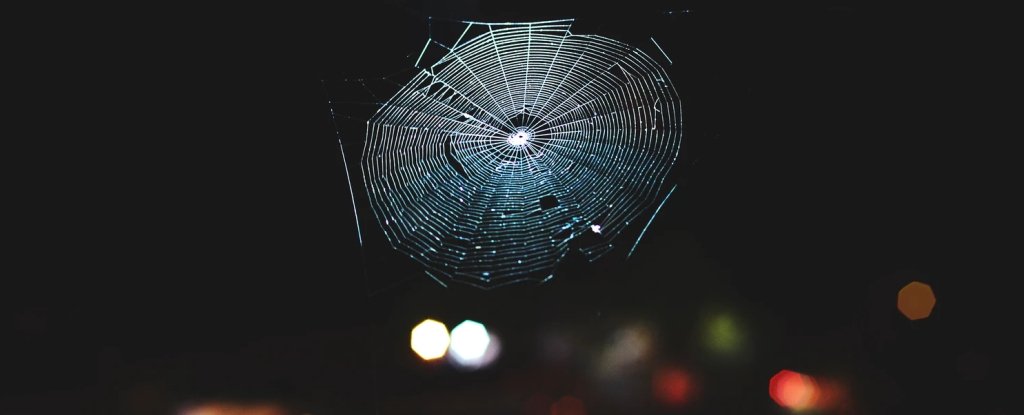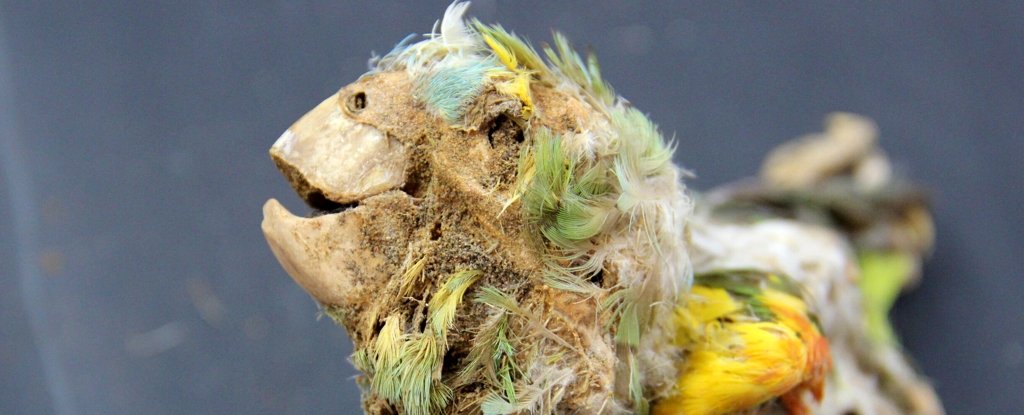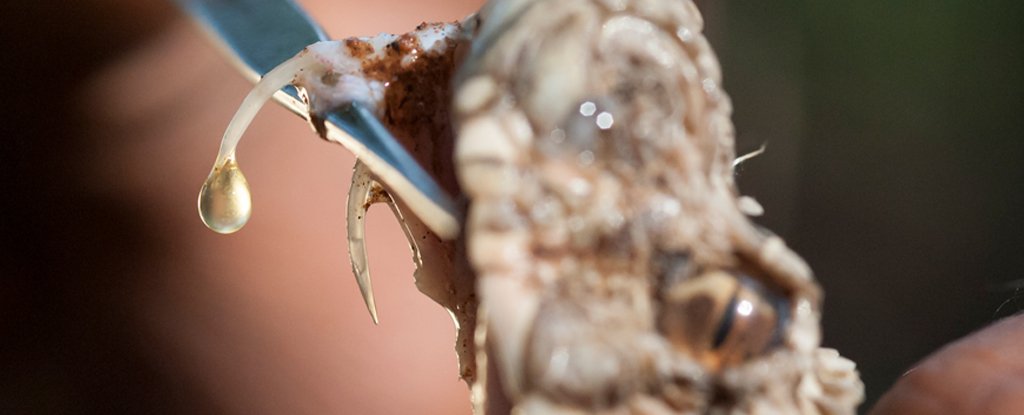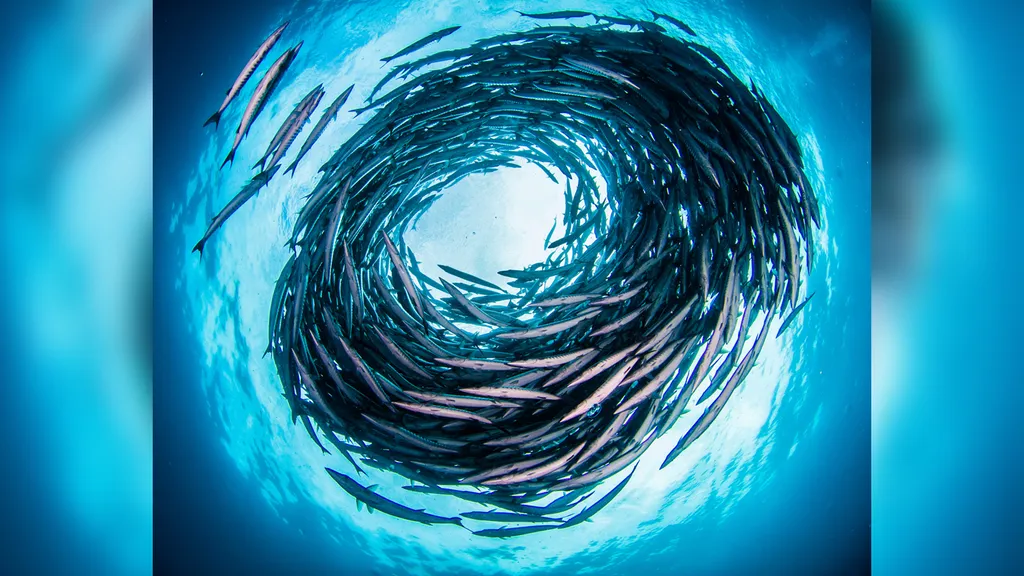Animal Life news stories

New Zealand is to become the world’s first country to bring in a law forcing its financial firms to report on the effects of climate change.

Spiders rely quite significantly on touch to sense the world around them. Their bodies and legs are covered in tiny hairs and slits that can distinguish between different kinds of vibrations.

The impact that wiped out the dinosaurs would probably have killed you too—unless you were in the exact right place and had made the exact right plans.

A 6-mile-wide space rock and colossal eruptions racked Earth at the same fateful moment. Scientists have tried for decades to determine the primary suspect behind the Cretaceous Extinction.

Fossilized pollen and leaves reveal that the meteorite that caused the extinction of nonavian dinosaurs also reshaped South America’s plant communities to yield the planet’s largest rain forest

The more we look into the harsh extremes of Chile’s Atacama Desert, the more we find. Phenomena both mystifying and wonderful, occasionally bordering on alien.

Earth has experienced five major mass extinction events over the past 500 million years. Massive volcanic eruptions have been identified as the major driver of the environmental changes that precipitated at least three of these extinction events.

Stone age tool used 9,000 years ago dug up by burrowing bunnies on an island off Pembrokeshire.

Could humans ever evolve venom? It’s highly unlikely that people will join rattlesnakes and platypuses among the ranks of venomous animals, but new research reveals that humans do have the tool kit to produce venom – in fact, all reptiles and mammals do.

The oldest known primate fossils were dated to just after the extinction event 66 million years ago—suggesting some primate ancestors lived even longer ago.

The class of marine animals known as cephalopoda – which today includes squids, octopuses, and cuttlefishes – could have been around on Earth 30 million years earlier than previously thought, according to new research.

For almost a decade, one lone mushroom was classified as an endangered species, and scientists say more could be in trouble.
Image from Sasata (Wiki Commons)

Fish school, insects swarm and birds fly in murmurations. Now, new research finds that on the most basic level, this kind of group behavior forms a new kind of active matter, called a swirlonic state.

As the Arctic warms much faster than everywhere else on the planet in response to climate change, the findings, published this week in the Proceedings of the National Academy of Sciences, may not only be a glimpse of the past but a snapshot of our potential future.

About 70 million years ago, an ostrich-like dinosaur brooding atop a nest of blue-green eggs met its doom, perishing with its nearly-hatched babies in what is now southern China.

Sobek, crocodile-headed god of the Nile; Sekhmet, leonine goddess of war; Anubis, jackal god of the underworld; and Hathor, mother goddess with a cow’s horns: The ancient Egyptian pantheon of gods was filled with divine animals.








